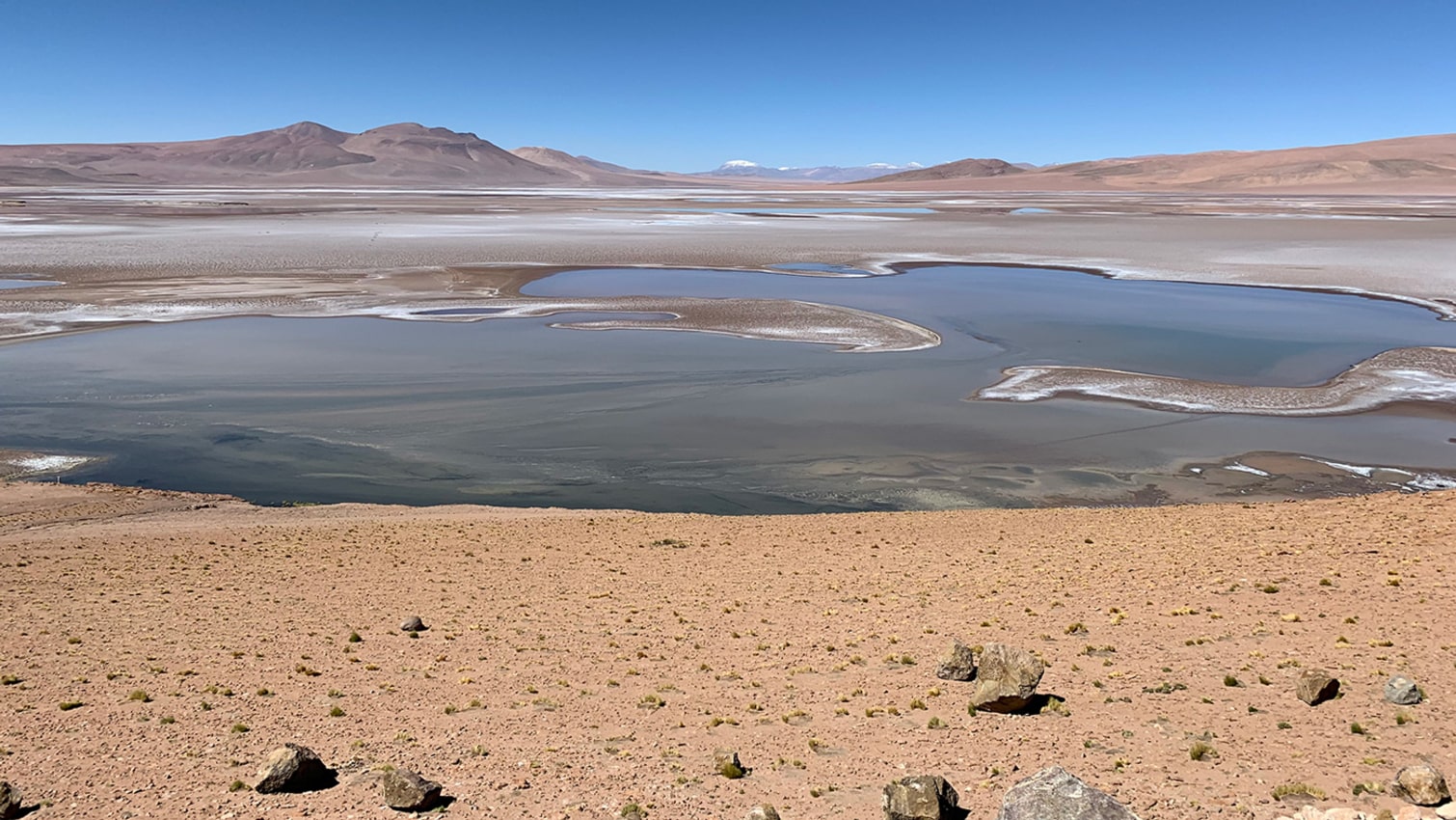
NASA’s Mars Rover found water, but did they find aliens?
First we found water, then we found life. A civilization on the red planet Mars could have already existed. According to studies by Jackson State University, Cornell University, the Jet Propulsion Laboratory and the University of Hawaii, there could be evidence of giant floods, which could have wiped out any possible Martian existence.
In 2015, NASA became one step closer to discovering life on Mars. During one of their missions to our neighboring planet, reportedly to find evidence of life, the NASA team discovered water, a major supporter of life.
Lujendra Ojha & his team took over five years to prove water exists on Mars. Ojha explained: “It seems the more we study Mars, the more we learn how life could be supported and where there are resources to support life”.

The Latest Footprint
News18 recently reported NASA’s Curiosity rover had discovered intriguing markings on Mars from 4 billion years ago. Meaning, Elon Musk’s stated dream to colonize Mars just became more complicated. The Mars investigation has unearthed “geological evidence of giant flash floods inside the Gale crater” according to the academic journal Scientific Reports.
These geological markings on the red planet’s surface theoretically resulted from ice reservoirs which melted after a meteoritic impact. The heat of the meteor melted the reservoirs and left an interesting structure for NASA to discover. The change in the climate from the overwhelming amount of heat could have caused condensation & torrential rain across Mars.
The torrential rain mixed with water from the reservoir was likely the cause of the major flash floods, which could have wiped out a lot of life on the planet. The water entered the Gale Crater, unable to contain the enormous flow. According to News18, water from the Mount Sharp (in Gale Crater) created many “band formations in the Striated Unit”.

Water on Mars today
The Daily Mail reported the immense amount of water vapor combined with carbon dioxide & methane could have resulted in the planet’s “warm and wet climate” even after the flash flood ended. According to Space, there could also be water beneath the planet’s ice cap, and it could possibly nurture unknown life forms. Cornell University reported the data gathered from NASA’s Curiosity rover described Mars as “frozen in time”.
The wind & water on Mars almost disappeared for many years. The information of the flash flood could possibly be the reason for its previously sticky climate. The study’s coauthor, Cornell professor & astrobiologist Alberto G. Fairen, further claimed: “Deposits left behind by megafloods had not been previously identified with orbiter data.”

Earth vs Mars
Scientists found a unique similarity between Earth’s ice melting two million years ago and Mars’s antidunes. Jackson State University’s professor of physics, Ezat Heydari claims Mars’s antidunes are “indicative of flowing megafloods at the bottom of Mars’s Gale Crater” way before Earth’s ice age.
Alberto G. Fairen elaborated on the results of the study, claiming: “Early Mars was an extremely active planet from a geological point of view. . . The planet had the conditions needed to support the presence of liquid water on the surface – and on Earth, where there’s water, there’s life.”

What’s next for Mars?
NASA’s Perseverance rover is currently on its way to Mars. Launched on July 30, the rover’s mission is to search for signs of ancient life and gather rocks & soil. This is the first step at human expeditions. The rover will test the Martian atmosphere for oxygen production and journey for signs of “ancient microbial life”.
The Mars 2020 Perseverance rover was built with panoramic cameras, an ultraviolet spectrometer, subsurface radar, produces oxygen and the best weather station. The rover will gather all the data needed for a full data analysis and report back to Earth.

According to Scitechdaily, the only alien sounds we’ll hear from space are the subtle sounds of the Perseverance rover’s rejection fluid pump. NASA’s microphone added to the rover picked up the machine’s “thermal system operating in the vacuum of space through mechanical vibrations”. No need for alarm, it is just Perseverance passing gas!
The Perseverance rover is expected to land on Mars on February 18, 2021.
—
Elon Musk is going to have to wait before bringing humans to Mars. Flash floods may have possibly wiped out Martian existence, but there’s still reason to believe we might have had Martian neighbors all along.







